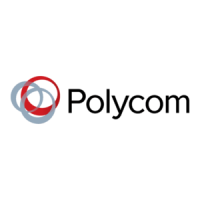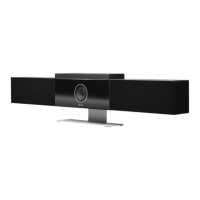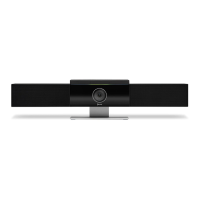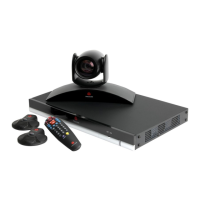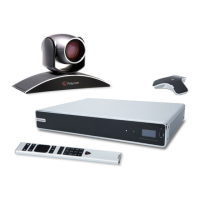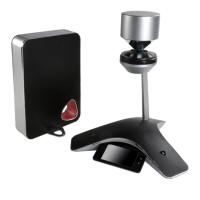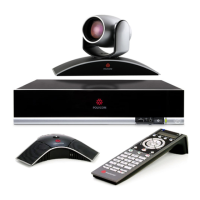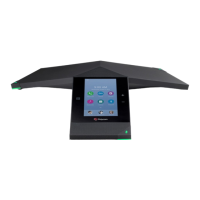Command Protocol Reference Guide
A - 147
Examples
ser_control_mode
Set RS-232 Control Mode
Description
This parameter sets the mode of operation for the RS-232 port. When set to
command, the RS-232 port is operating as an interface to the SoundStructure
command processor. When set to broadcast the ser_send parameter can be used
to send arbitrary commands to control other devices connected to the RS-232
port. In broadcast mode, all received data is ignored.
ser_flow
RS-232 Flow Control
Description
This parameter sets the type of flow control that will be used on the RS-232
port. Hardware flow control is recommended for baud rates over 9600 bps.
Examples
Command Response Description
set ser_baud 1 9600 val ser_baud 1 9600 Sets the serial port baud rate on device 1 (the first
device) to 9600.
Argument Argument value
Channel Type Device-Specific System
Value Type List
Read/Write Mode Read/Write
Values command : Command mode (default)
broadcast : Broadcast mode
Event Source No
Argument Argument value
Channel Type Device-Specific System
Value Type List
Read/Write Mode Read/Write
Values none : No flow control (default)
hw : Hardware flow control (RTS/CTS)
Event Source No
Command Response Description
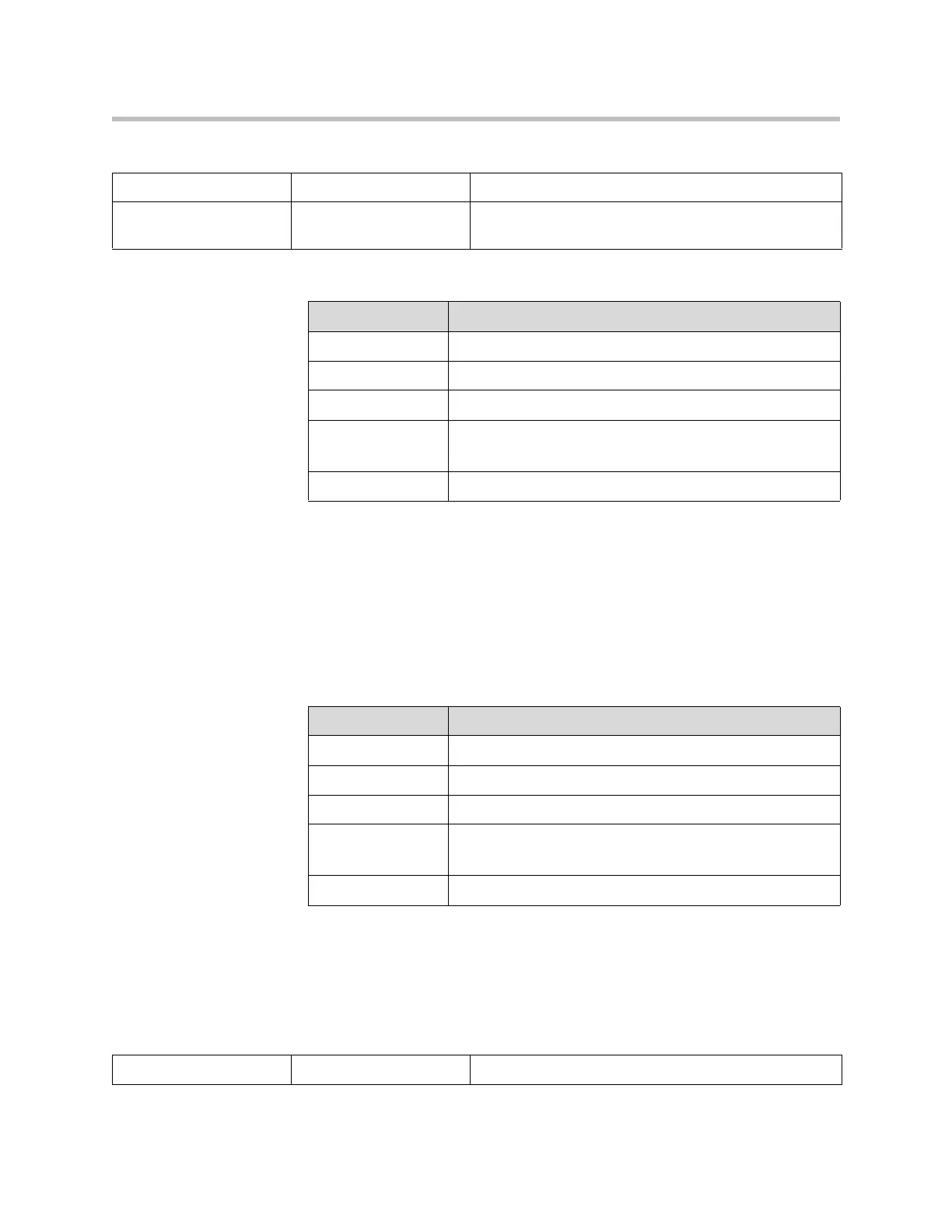